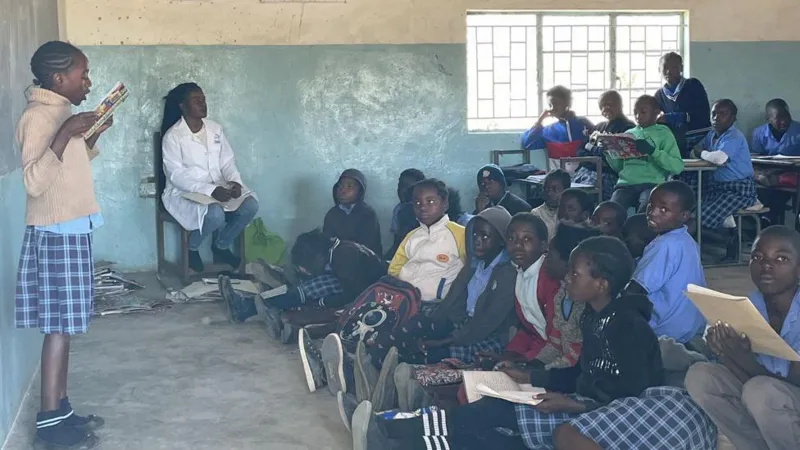A 16-year-old student named Richard Banda explains, “You need to come early to school because there is a shortage of desks.” “I arrived late two days ago and had to sit on the floor because it was so cold.”
His unease perfectly captures the issue of overcrowding and a lack of resources that have arisen from providing free elementary and secondary schooling in this area.
The school is located in a courtyard with ten horseshoe-shaped classrooms encircling a playground with acacia trees and other plants emerging from the sandy ground.
Boys and girls sweeping the classrooms create a cloud of dust that blocks the early morning sun’s light.
One of the pupils runs to the middle of the playground and hoists the Zambian flag atop a tall pole just before the bell sounds.
For two million additional children, these morning rituals have established a new normal as a result of the government’s decision to make education free for all students starting in 2021. These children attend state-run schools at no cost.
However, analysts claim that a lack of infrastructure investment is now endangering the quality of education, particularly for pupils from low-income families.







